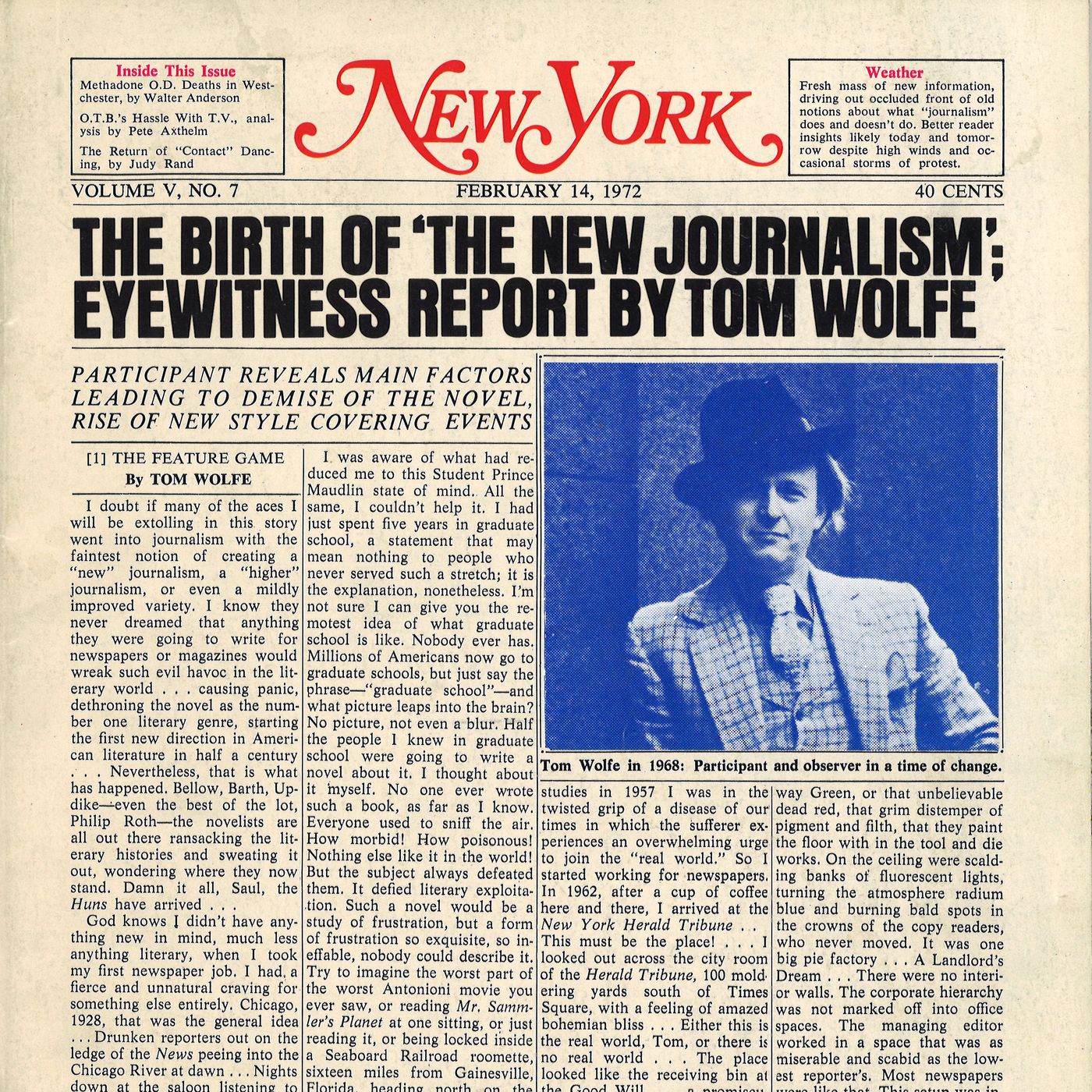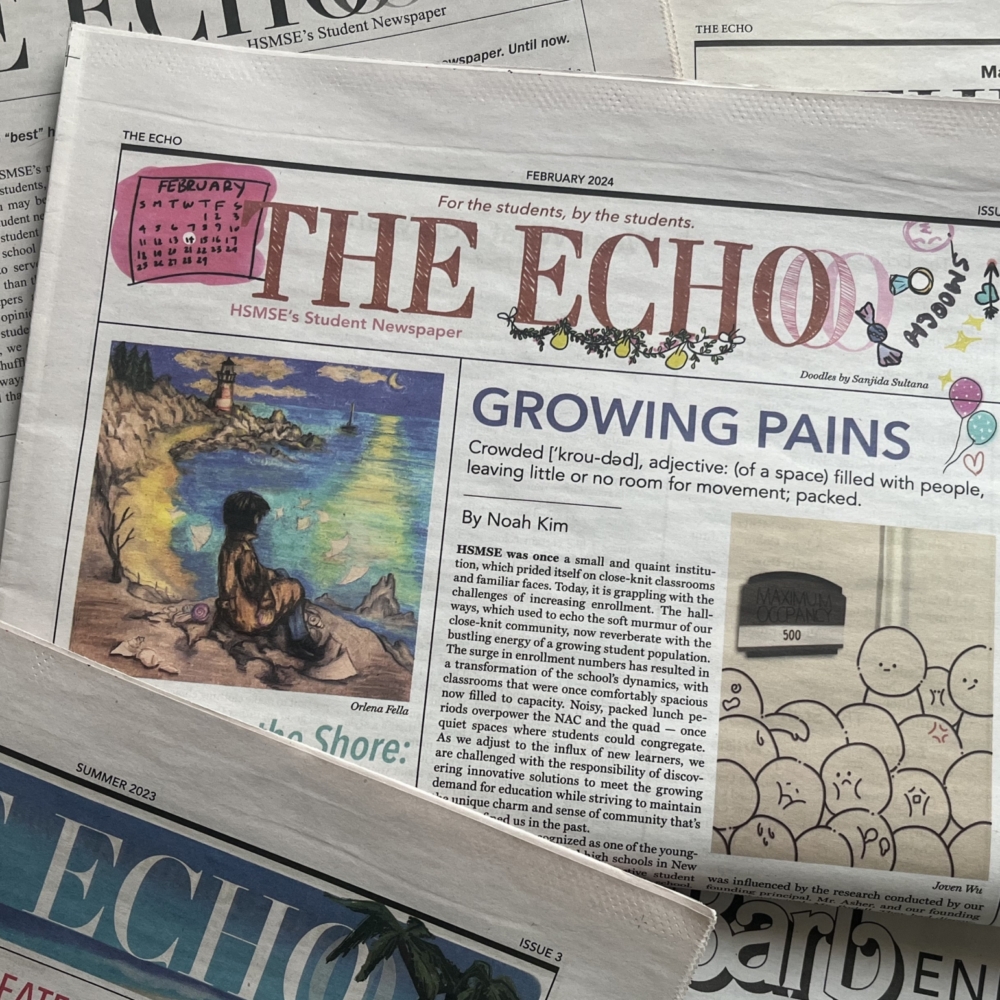News Articles Can Be Fun For Everyone
Table of ContentsFacts About News Articles UncoveredThe Ultimate Guide To News ArticlesThe Ultimate Guide To News ArticlesWhat Does News Articles Do?The News Articles Statements
Good knowledge of various topics offers trainees an one-upmanship over their peers. Despite the fact that electronic and social networks are readily available, we need to not fail to remember exactly how important it is to read the newspapers. Parents have to try and inculcate the practice of reviewing a paper as an everyday regimen to proceed the legacy of the adored print medium.News tales also include at the very least one of the adhering to important qualities relative to the desired audience: distance, importance, timeliness, human rate of interest, peculiarity, or effect.
Within these limits, information tales additionally aim to be extensive. Among the bigger and a lot more respected papers, fairness and balance is a significant variable in presenting info.
Newspapers with a global audience, as an example, have a tendency to utilize an extra formal style of composing. The specific options made by a news outlet's editor or editorial board are usually gathered in a design overview; common style guides consist of the and the US News Design Publication. The primary goals of news writing can be summed up by the ABCs of journalism: accuracy, brevity, and quality.
See This Report on News Articles
As a policy, reporters will not utilize a long word when a brief one will certainly do. Information authors try to prevent making use of the very same word extra than as soon as in a paragraph (occasionally called an "echo" or "word mirror").
Headings occasionally leave out the subject (e.g., "Leaps From Watercraft, Catches in Wheel") or verb (e.g., "Feline woman lucky"). A subhead (also subhed, sub-headline, subheading, caption, deck or dek) can be either a subordinate title under the main heading, or the heading of a subsection of the post. It is a heading that precedes the main text, or a team of paragraphs of the primary text.

Additional billboards of any of these kinds may appear later in the write-up (especially on succeeding web pages) to lure further analysis. Such billboards are additionally utilized as tips to the short article in other areas of the magazine or site, or as advertisements for the item in various other publication or sites. Typical structure with title, lead paragraph (recap in vibrant), various other paragraphs (details) and get in touch with details.

Example of a hard-lead paragraph NASA is suggesting another space project. The agency's budget plan request, announced today, consisted of a strategy to send one more goal to the Moon. This moment the company hopes to develop a long-lasting facility as a jumping-off place for various other area journeys. The budget plan demands around $10 billion for the task.
An "off-lead" is the 2nd most vital front page information of the day. To "hide the lead" is to begin the post with history information or information of secondary importance to the readers, compeling them to check out more deeply right into a write-up than they ought to have to in order to uncover the vital factors.
The Ultimate Guide To News Articles
Usual usage is that a person or more sentences each create their own paragraph. Reporters generally describe the organization or structure of an information story as an inverted pyramid. The crucial and most interesting aspects of a tale are placed at the beginning, with supporting information following in order of decreasing value.
It permits individuals to discover a subject to only the depth that their interest takes them, and without the imposition of details or nuances that they can consider irrelevant, but still making that information available to a lot more interested viewers. The upside down pyramid framework likewise allows articles to be trimmed to any arbitrary size throughout layout, to fit read this in the room readily available.
Some writers start their stories with the "1-2-3 lead", yet there are lots of type of lead offered. This format invariably starts with a "5 Ws" opening paragraph (as explained above), adhered to by an indirect quote that serves to sustain a major element of the first paragraph, and afterwards a direct quote to sustain the indirect quote. [] A twist can refer to several points: The last tale current program; a "delighted" story to finish the program.
Longer articles, such as publication cover short articles and the items that lead the inside areas of a newspaper, are understood as. Feature tales vary from straight information in several methods.
Rumored Buzz on News Articles
The journalist often details communications with meeting subjects, making the piece a lot more individual. A feature's very first paragraphs usually relate a fascinating minute or event, as in an "unscientific lead". From the details of a person or episode, its view swiftly widens to generalities about the story's topic. The section that signals what a function has to do with is called the or signboard.

The Editor's Tool kit: A Referral Guide for Beginners and Professionals (2001) Allan M. Siegal and William G. Connolly. The New York City Times Handbook of look what i found Design and Usage: The Official Design Guide Made Use Of by the Writers and Editors of the World's A lot of Authoritative Newspaper (2002) M. L. Stein, Susan Paterno, and R.